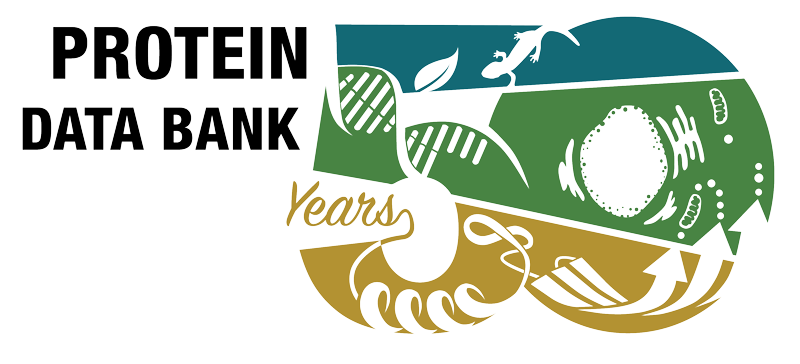Abstract
Ficolins are soluble oligomeric proteins with lectin-like activity, assembled from collagen fibers prolonged by fibrinogen-like recognition domains. They act as innate immune sensors by recognizing conserved molecular markers exposed on microbial surfaces and thereby triggering effector mechanisms such as enhanced phagocytosis and inflammation. In humans, L- and H-ficolins have been characterized in plasma, whereas a third species, M-ficolin, is secreted by monocytes and macrophages. To decipher the molecular mechanisms underlying their recognition properties, we previously solved the structures of the recognition domains of L- and H-ficolins, in complex with various model ligands (Garlatti, V., Belloy, N., Martin, L., Lacroix, M., Matsushita, M., Endo, Y., Fujita, T., Fontecilla-Camps, J. C., Arlaud, G. J., Thielens, N. M., and Gaboriaud, C. (2007) EMBO J. 24, 623-633). We now report the ligand-bound crystal structures of the recognition domain of M-ficolin, determined at high resolution (1.75-1.8 A), which provides the first structural insights into its binding properties. Interaction with acetylated carbohydrates differs from the one previously described for L-ficolin. This study also reveals the structural determinants for binding to sialylated compounds, a property restricted to human M-ficolin and its mouse counterpart, ficolin B. Finally, comparison between the ligand-bound structures obtained at neutral pH and nonbinding conformations observed at pH 5.6 reveals how the ligand binding site is dislocated at acidic pH. This means that the binding function of M-ficolin is subject to a pH-sensitive conformational switch. Considering that the homologous ficolin B is found in the lysosomes of activated macrophages (Runza, V. L., Hehlgans, T., Echtenacher, B., Zahringer, U., Schwaeble, W. J., and Mannel, D. N. (2006) J. Endotoxin Res. 12, 120-126), we propose that this switch could play a physiological role in such acidic compartments.



 PMID:
PMID: 